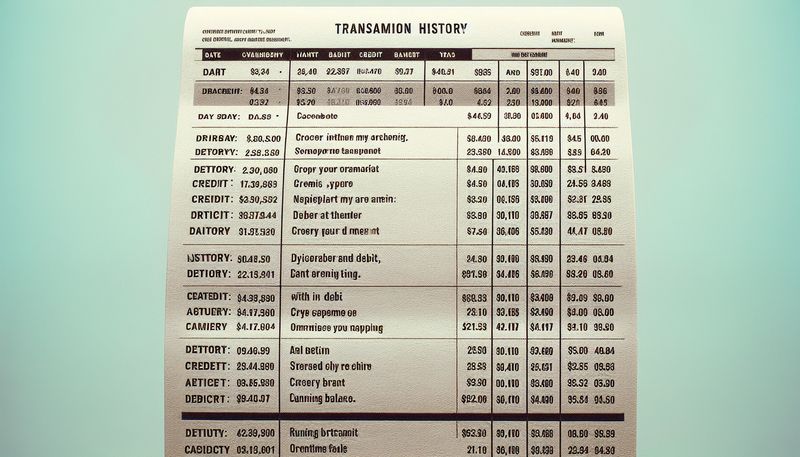How to Use Digital Timestamps Service
21 April 24
Are you looking to protect your intellectual property? With the sophisticated technology of Digital Timestamps, it's now easier than ever! This service offers a secure, cost-effective way to safeguard your work and ensure its integrity. Here's a step-by-step guide on how to use the Digital Timestamps service.
Begin by selecting the file you wish to timestamp. Digital Timestamps can handle a variety of file types, including documents, images, and videos. Once you've selected your file, the system will create a unique digital signature. This encrypted fingerprint serves as a notarization of your work, demonstrating that you had the intellectual property at that specific point in time.
After the digital signature is created, it is stored on the blockchain, a decentralized and publicly auditable system. This process occurs nearly instantaneously, without the need to wait for Bitcoin confirmations. This allows for the swift protection of your files, with each timestamp costing a mere $2.50.
Not only does Digital Timestamps provide you with the means to prove your ownership of a file, but it also offers protection against file tampering. The digital signature serves as proof that a file's contents have remained unchanged since its original version, ensuring the integrity of your work.
Finally, you can view a list of processed files, their timestamp proofs, and transaction history. This transparency allows you to remain updated on the status of your files. Verifications are free, and anyone can verify a file without needing an account.
From document sharing to video integrity, the applications of Digital Timestamps are wide-ranging. By simplifying the IP protection process, Digital Timestamps offers a cost-effective and trustworthy solution for anyone looking to safeguard their work. So why wait? Start using Digital Timestamps today and enjoy the peace of mind that comes with knowing your intellectual property is protected.
In conclusion, the use of Digital Timestamps is not just a technological advancement, but a revolution in the field of intellectual property protection. This guide should help you navigate the process, ensuring that your work remains secure and untouched.

